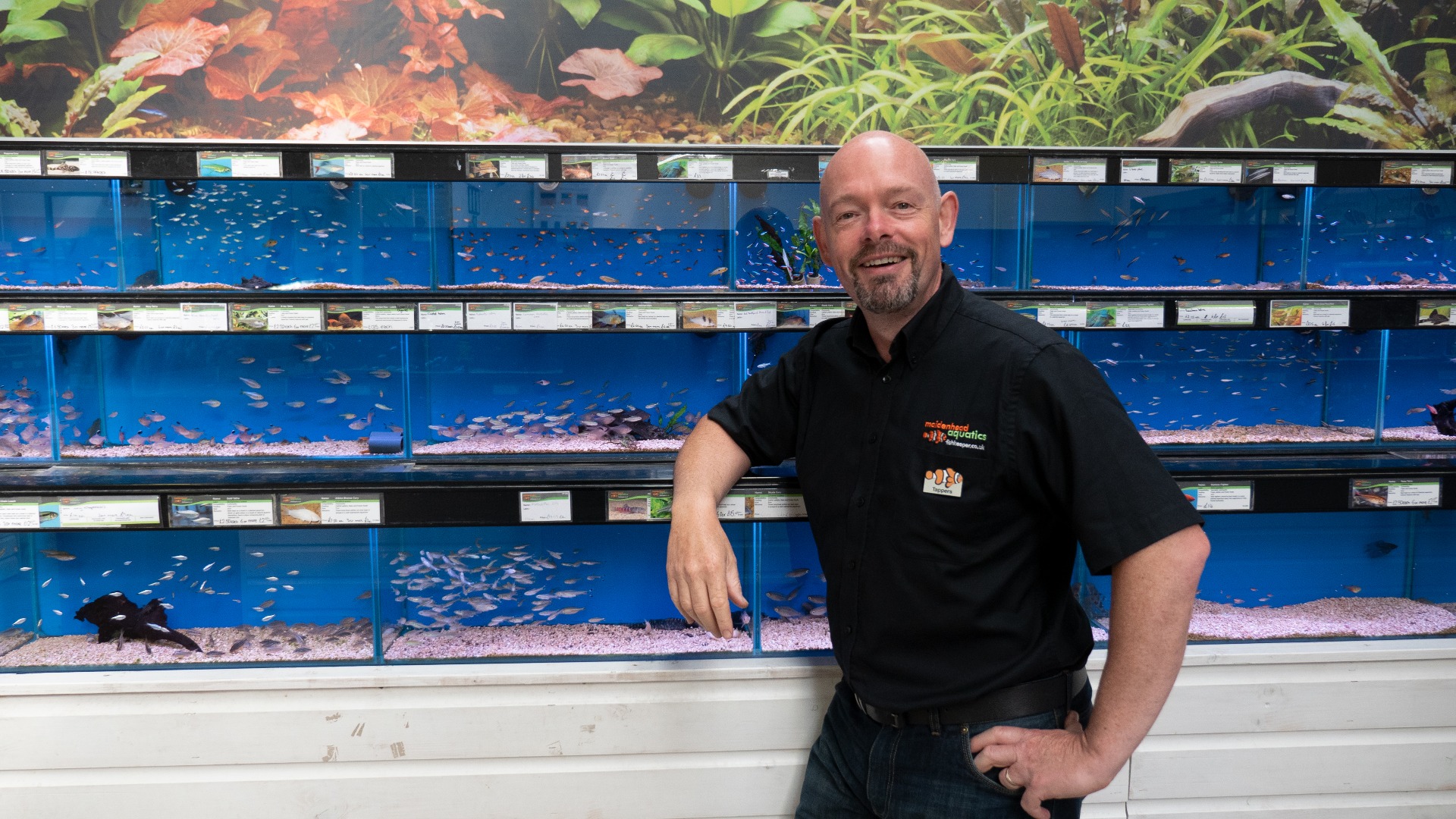Cookie Policy
We use cookies to help improve the experience you have on this site. You can find out more here.
We use cookies to help improve the experience you have on this site. You can find out more here.

A very good question, and one that more pond owners should ask themselves before making livestock purchases. It is easy to forget that something as humble and common as the goldfish can grow to 30cm in length and live for 25 years or more. There are a few thoughts to consider when stocking your pond and one or two options that you may not have considered.
Firstly, if you want to keep a natural wildlife pond, you should think hard about adding fish. Not all native wildlife will avoid ponds with fish but some of the more glamorous, such as newts, will. By comparison, toads - having toxic tadpoles, prefer large ponds with fish as these contain fewer insect predators. If you fancy introducing fish, sticklebacks are a good choice for small ponds with their fascinating behaviour, but can effect insect and amphibian populations. For larger ponds, golden rudd are a great choice and breed at a rate that can even keep pace with a heron providing that conditions are to their liking - they also eat duckweed. While you may still get things like dragonflies, or frogs in a large natural wildlife pond with the odd goldfish in it, do remember, that once a fish has gone in… it can be very difficult to get it out.
Although rarely seen nowadays, coldwater catfish are normally predators that can grow to the size of carp in the case of channel catfish (Ictalurus) and should only be added to pools with equally large species. Legislation has reduced the selection of oddball pond fish and on the whole this is a good thing. Those of us who recall bullfrog tadpoles and pumpkinseed bass being staple offerings will no doubt remember a time when cleaning out an unfamiliar pond could lead to some surprises!
If you want to keep your pond well planted, then you want to avoid larger carp such as koi. Goldfish will root around in planted areas, but Koi are very messy and will happily dig up even the most established of plants through their rooting activity. Grass carp have an 'all you can eat' approach when it comes to planted ponds; they will happily eat any aquatic vegetation. This power can be harnessed to control blanket weed in unplanted ponds such as those containing large koi. As far as aquatic pets go, nothing beats large carp but make sure you have plenty of room to allow them to flourish.
Finally, you have the more specialist fishes such as Sterlet and Sturgeon. Both these animals have very specific needs that must be considered and applied before you can expect them to thrive. As these are large, ungainly fish that like cold water they need plenty of room and thrive in the sort of conditions that suit koi. This means a large water volume and to keep things cool you must have a deep pond - 3ft is a good working minimum. Next, you will have to invest in specific foods for the sterlet or sturgeon. Due to their anatomy, these fishes have a small inferior mouth and so only feed successfully on food that is beneath them, although hungry specimens can feed upside down with a little effort! You will need high protein, sterlet/sturgeon specific sinking pellets and you might also get a better feeding response if your pond has a flattened bottom, as this aids in successful feeding behaviour. Sterlet and Sturgeon have high oxygen demands so you may need to consider additional aeration for your pond, especially in summer months when the temperature rises and oxygen levels decrease. As these fishes are clumsy swimmers, you must ensure you do not have any major or significant blanket weed problems. Believe it or not, but even large sturgeon can become tangled in the long threads of a blanket weed infestation and subsequently die. Finally, you must consider the size these animals will reach. Sterlet are the smaller variety, growing up to a metre, however Sturgeon can grow considerably larger and can reach two metres or more. Such a regal specimen deserves a fittingly king-sized pond to cruise around in.
So, after looking at the options it's clear why goldfish and their varieties such as shubunkin, sarasa and canary forms are such popular choices. They're colourful (especially when mixed), not too big, not too demanding and when trained to associate their owner with food, almost as friendly as carp.
For delivery before Christmas, orders must be placed on or before 3pm on Wednesday 20th December. We cannot guarantee delivery of these orders pre-Christmas as we are reliant on our couriers, but will use our best endeavours to get orders placed on this date out to you before Christmas. For full details of our festive delivery and opening times click here
Please note: online orders placed after 3pm on Friday 22nd December will not be dispatched until the New Year. For full details of our festive delivery and opening times click here